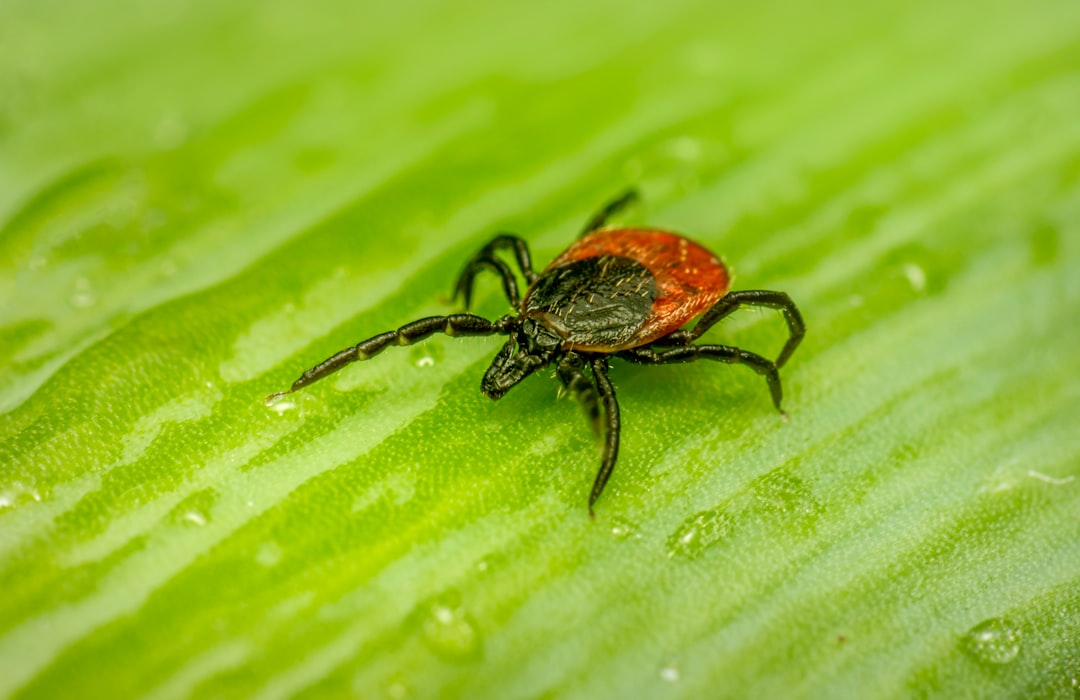What is it about?
FC-99 (N1-[(4-methoxy)methyl],-4-methyl-1,2-benzenediamine) was a benzenediamine analog synthesized in our lab. In the previous studies, FC-99 displayed an anti-inflammatory effect and a therapeutic potential on experimental sepsis. It further inhibited the LPS-induced phosphorylation of NF-κB, which were associated with M1 macrophage polarization. However, whether FC-99 directly modulates the M1/M2 polarization and the underlying mechanism of action remains unknown. Herein, this paper suggests that FC-99 could modulate macrophage polarization and is a possible therapeutic candidate for acute sepsis-induced liver injury.
Featured Image

Photo by Christian Widell on Unsplash
Why is it important?
This study was designed to explore the effect of FC-99 on macrophage polarization in vitro and lipopolysaccharide- (LPS-) induced liver injury followed by the underlying mechanisms. For in vitro experiments, FC-99 inhibited M1-related macrophage factors and promoted M2-related markers induced by IL-4 in the mouse macrophage cell line. Moreover, FC-99-induced macrophages polarized to M2 phenotype which could be repressed by a PPAR-γ inhibitor but not STAT6 siRNA knockdown, indicating FC-99-induced M2 macrophage polarization through PPAR-γ rather than STAT6 signal. In LPS-induced septic mice, FC-99 pretreated mice displayed lower expression of M1 markers together with the increased M2 marker CD206 and improvement of liver injury.
Perspectives
Alteration of macrophage polarization through activated (M1) macrophage to alternatively activated (M2) macrophage has emerged as a potential therapeutic strategy.Writing this article was a great pleasure to present FC-99 as a novel therapy of altering macrophage polarization in sepsis-induced liver injury.
Huan Dou
The State Key Laboratory of Pharmaceutical Biotechnology, Division of Immunology, Medical School, Nanjing University
Read the Original
This page is a summary of: A Benzenediamine Analog FC-99 Drives M2 Macrophage Polarization and Alleviates Lipopolysaccharide- (LPS-) Induced Liver Injury, Mediators of Inflammation, July 2019, Hindawi Publishing Corporation,
DOI: 10.1155/2019/7823069.
You can read the full text:
Contributors
The following have contributed to this page










